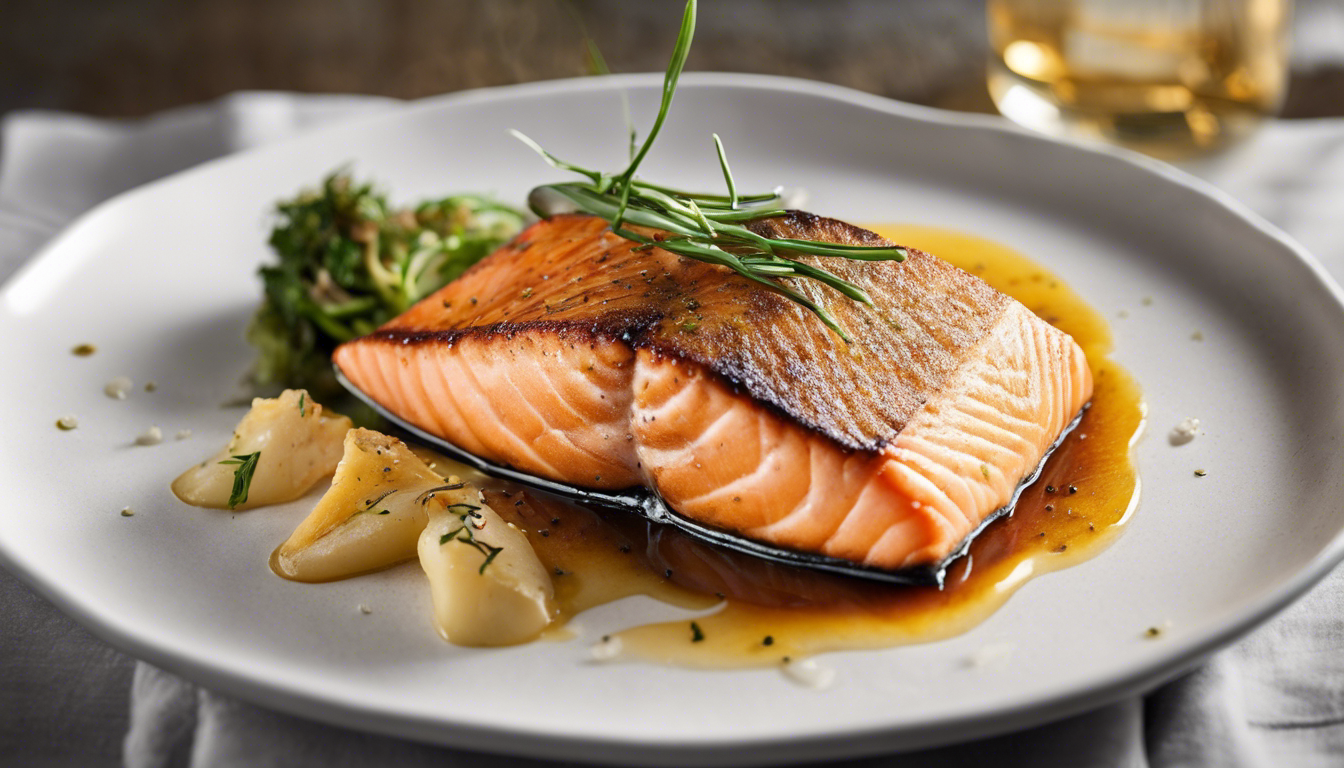
Understanding Keto Flu: Symptoms and Causes
Embarking on a ketogenic diet can be an exciting journey towards weight loss and improved health. However, the transition from burning carbs to burning fat for energy sometimes comes with an unwelcome guest: the keto flu. This flu-like condition isn’t caused by a virus, but by your body adjusting to a new way of producing energy. Symptoms often include fatigue, headaches, irritability, difficulty focusing (“brain fog”), dizziness, and muscle cramps. In some cases, individuals also experience nausea, difficulty sleeping, and changes in digestion.
The primary culprit behind these symptoms is the significant reduction in carbohydrate intake, which your body has typically relied on for quick energy. When this source is suddenly removed, it is like pulling the plug on a sugar-fueled machine—the body has to scramble to find an alternative power source in fats. This metabolic shift, known as ketosis, isn’t instantaneous. It takes time for your liver to ramp up the production of ketones, which are the alternative fuel your body uses when glucose is scarce.
During this transition, your insulin levels drop, and your body starts to shed both water and salts at an accelerated rate. This loss of electrolytes is partly responsible for many of the symptoms of keto flu. Additionally, your body’s enzymes and hormones that process fat for fuel need to adjust, and this doesn’t happen overnight. Understanding that your body is going through a sort of ‘reboot’ can be comforting, but it is also essential to realize that you have the power to ease this transition with a few strategic tweaks to your diet and lifestyle.
Keto flu tends to peak within the first week of starting the diet, and it usually resolves within a couple of weeks as your body acclimates to its new energy system. Symptoms can range from mild to severe, largely depending on individual differences in metabolism, diet history, and overall health. It’s important to note that not everyone experiences keto flu to the same extent—or at all—but for those that do, the following sections will present ways to minimize discomfort and facilitate a smoother transition into ketosis.
Dietary Strategies to Mitigate Keto Flu
When faced with the challenge of keto flu, fine-tuning your diet becomes crucial in mitigating its symptoms. By adopting a few dietary strategies, you can ease your transition into ketosis and reclaim your energy levels.
First and foremost, focus on increasing your intake of healthy fats. Fats are the primary energy source on a ketogenic diet, and consuming adequate levels is vital for maintaining energy. Include sources like avocados, nuts, seeds, olive oil, and coconut oil in your meals. These nutrient-dense foods will help to satisfy hunger and provide a steady supply of fuel for your body to use for energy production.
Even though your carbohydrate intake is limited on keto, it is important to be smart about the carbs you do consume. Opt for low-glycemic vegetables that are high in fiber and nutrients, like leafy greens, broccoli, and cauliflower. These vegetables have minimal impact on blood sugar and provide essential vitamins and minerals to support your well-being during this metabolic shift.
As you reduce carbs, it’s also imperative to keep your protein intake adequate. Protein is essential for muscle maintenance and repair, immune function, and overall health. Aim for moderate protein sources such as eggs, fish, lean meats, and full-fat dairy, which can help stave off hunger without kicking you out of ketosis. Remember, though, too much protein can be counterproductive, as excess protein can be converted into glucose, inhibiting ketosis.
One often overlooked aspect of keto adaptation is the role of fermented foods. Incorporating fermented foods such as sauerkraut, kimchi, and low-carb yogurts can help support gut health. A healthy gut flora very important for proper digestion and can assist your body in coping with changes in diet more efficiently.
Lastly, it’s essential to be aware of meal timing and frequency. Some people find that eating smaller, frequent meals throughout the day helps manage keto flu symptoms, while others prefer the traditional three meals per day schedule. Listen to your body and adjust your meal frequency to fit your needs, making sure to consume enough calories to meet your body’s energy demands. Restricting calories too much during this transition could exacerbate fatigue and cravings, making it even harder to stick to the diet.
Integrating these dietary strategies can make a world of difference in your progression through the initial stages of ketosis. With thoughtful food choices, keto flu can become a minor bump on the road to a more energetic and healthier you.

Hydration and Electrolyte Balance Essentials
Staying well-hydrated and maintaining the right balance of electrolytes is absolutely essential when you are transitioning into a ketogenic lifestyle. Without proper attention to these factors, the symptoms of keto flu can be markedly worse. Your body is not only adjusting to a different source of energy, but it is also dealing with a diuretic effect that comes from a lowered insulin level as you restrict carbohydrates. This natural diuretic action increases urine output, thereby flushing out more water and electrolytes than usual.
To counteract this, make sure to drink plenty of water throughout the day. A general guideline is to consume at least eight 8-ounce glasses of water daily, but you might need more if you are active or live in a hot climate. It can be useful to drink to thirst and ensure that your urine remains light in color as an indicator of adequate hydration.
Next, we need to talk about electrolytes—specifically, sodium, potassium, and magnesium. These are the minerals that your body needs to regulate everything from your fluid balance to nerve signals and muscle contractions. If you’re on a ketogenic diet and start feeling lethargic or notice muscle cramps or headaches, a lack of electrolytes could be the culprit.
Increase your sodium intake by salting your food generously or by drinking broth or bouillon, which can be an enjoyable and warm method of obtaining sodium. Do keep an eye on your blood pressure, though; if it’s a concern for you, consult your healthcare provider before increasing your sodium too drastically.
Potassium can be trickier to manage on a ketogenic diet since many high-potassium foods are also high in carbohydrates. However, some keto-friendly sources include leafy greens like spinach and Swiss chard, as well as avocado and mushrooms. Aim to include these in your diet regularly.
For magnesium, think adding pumpkin seeds, almonds, or spinach to your diet. If you find it difficult to obtain enough magnesium from food alone, a magnesium supplement might be an advantageous addition to your regimen.
Here’s a quick list of foods rich in these electrolytes:
- Broth or bouillon, salted nuts, cheese, fermented foods like pickles
- Avocado, spinach, mushrooms, salmon
- Pumpkin seeds, almonds, dark chocolate, leafy greens
In some cases, it may be necessary to supplement with electrolytes, particularly if you’re exercising frequently and sweating a lot. A balanced electrolyte supplement designed for those on ketogenic diets can be incredibly helpful, but be cautious to choose one without added sugars or carbs.
Remember that balanced electrolyte levels are not only crucial for fending off the keto flu; they’re also integral to your overall well-being. When your electrolytes are in harmony, you are more likely to experience the vibrant energy that a well-formulated ketogenic diet can offer. Maintaining hydration and proper electrolyte balance is truly a cornerstone of not just overcoming fatigue, but thriving on a keto diet.
Incorporating Exercise and Sleep to Overcome Fatigue
Moving beyond diet, incorporating regular exercise and prioritizing sleep are also powerful tactics in your arsenal against keto-induced fatigue. It might seem counterintuitive to exert physical effort when you are feeling tired, but engaging in moderate exercise can actually boost your energy levels and hasten your adaptation to ketosis.
When starting exercise during the initial transition, keep it light to moderate. Activities like walking, yoga, or light cycling help increase blood flow and energy production while being gentle on a body that’s still adjusting. In fact, exercise stimulates the production of mitochondria, the powerhouses of your cells, which can help your body become more efficient at using fats as fuel in the long run. Plus, working out can spur the release of endorphins, often dubbed ‘feel-good’ hormones, which may help combat the mood swings associated with keto flu.
As for sleep, it is a critical component in the recovery and rebuilding processes of your body. Lack of sleep can negatively impact your physical and mental performance, and it’s also associated with higher levels of stress hormones like cortisol, which can work against your keto-adaptation efforts. Ensuring you get 7-9 hours of quality sleep per night can significantly improve symptoms like fatigue and irritability.
To optimize your sleep, try establishing a regular bedtime routine and creating a comfortable sleep environment. Avoid screens and bright lights at least an hour before bed to encourage the production of melatonin, the sleep hormone. Keeping your room cool and dark can also help you fall asleep faster and stay asleep longer. Scents like lavender and practices such as meditation or deep-breathing exercises may also promote better sleep quality.
- Exercise recommendations:
- Start with low-intensity activities such as walking or swimming.
- Incorporate moderate aerobic exercises as your energy levels improve.
- Engage in regular strength training to maintain muscle mass and improve metabolic rate.
- Sleep tips:
- Stick to a consistent sleep schedule, even on weekends.
- Ensure your bedroom is dark, quiet, and at a comfortable temperature.
- Consider using blackout curtains, eye masks, or earplugs if necessary.
Remember, while adapting to a ketogenic diet, it’s important to be patient with your body and give it the support it needs. Combining focused dietary strategies with adequate hydration, electrolyte balance, regular exercise, and quality sleep creates a holistic approach to beating keto flu and emerging on the other side with renewed vigor and energy.